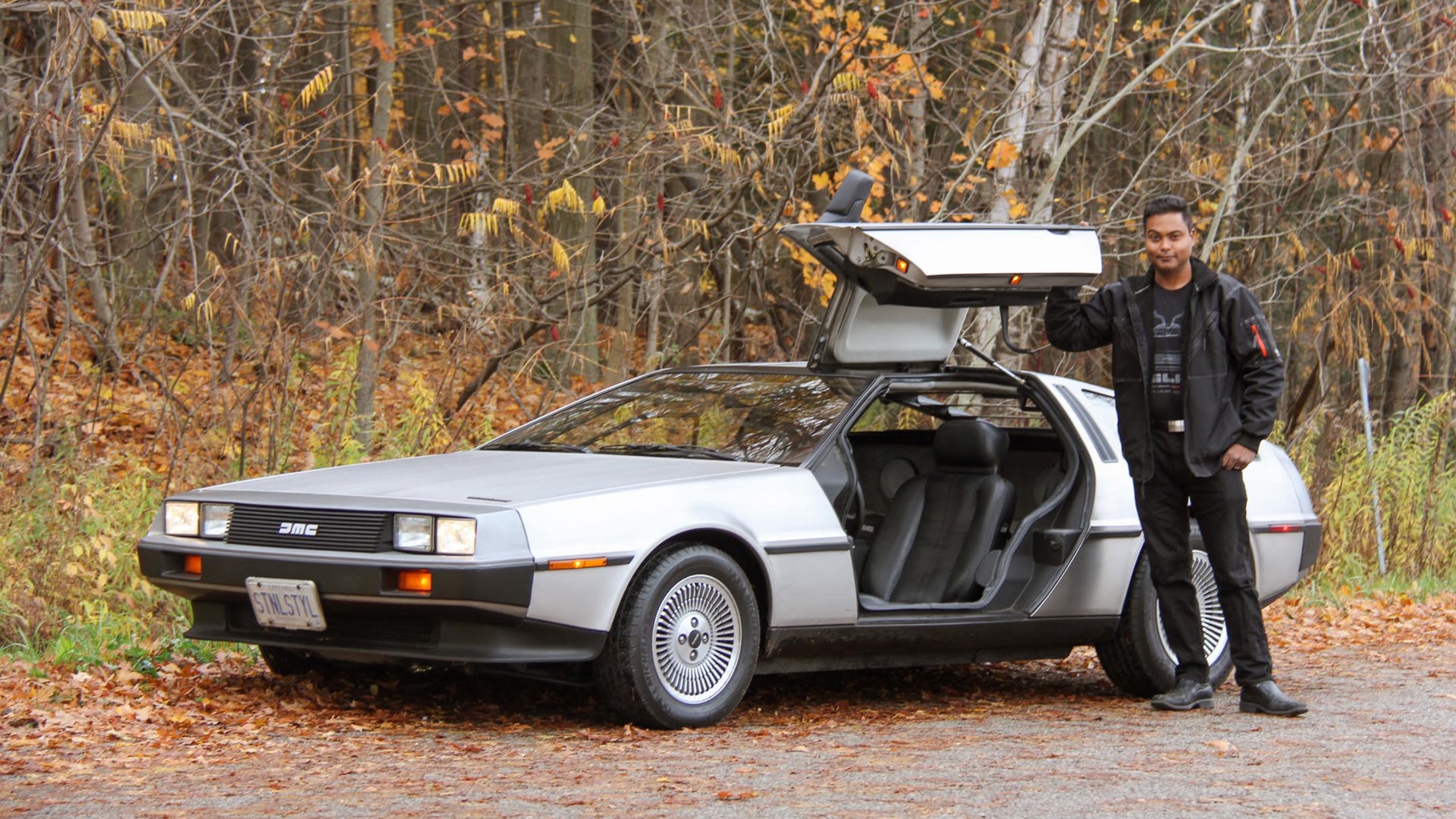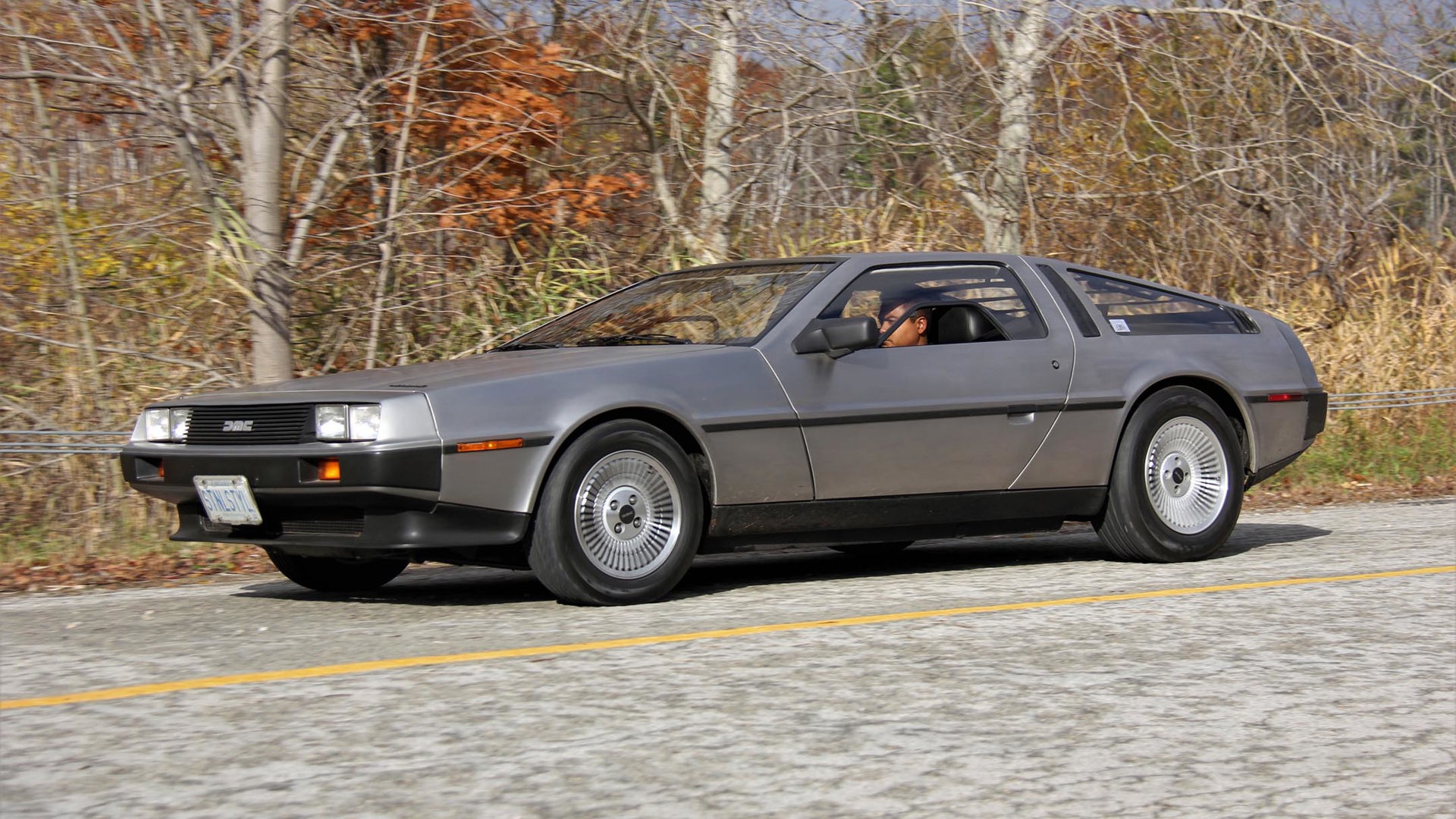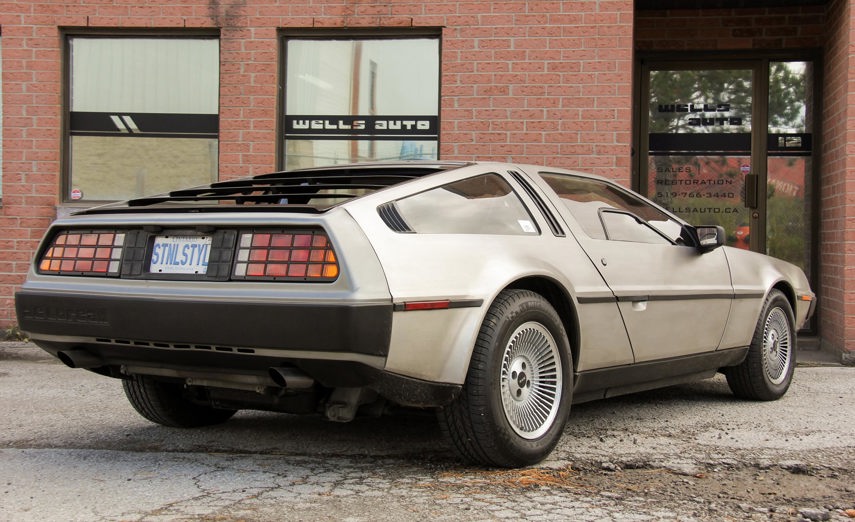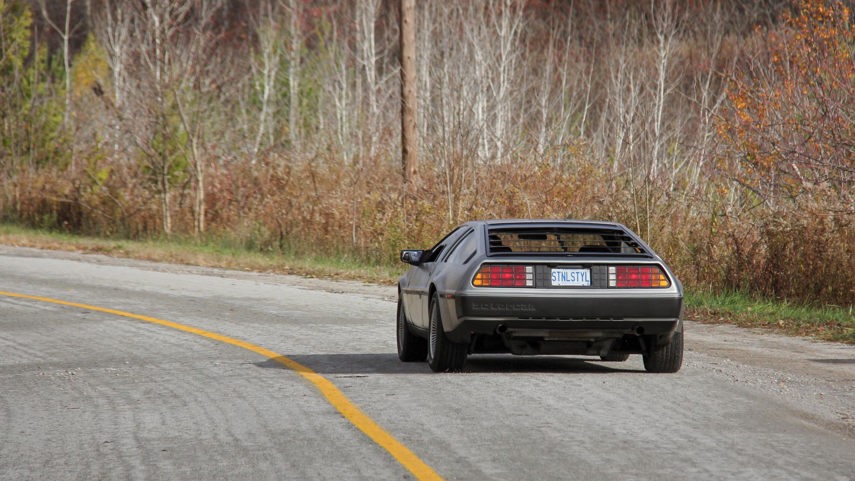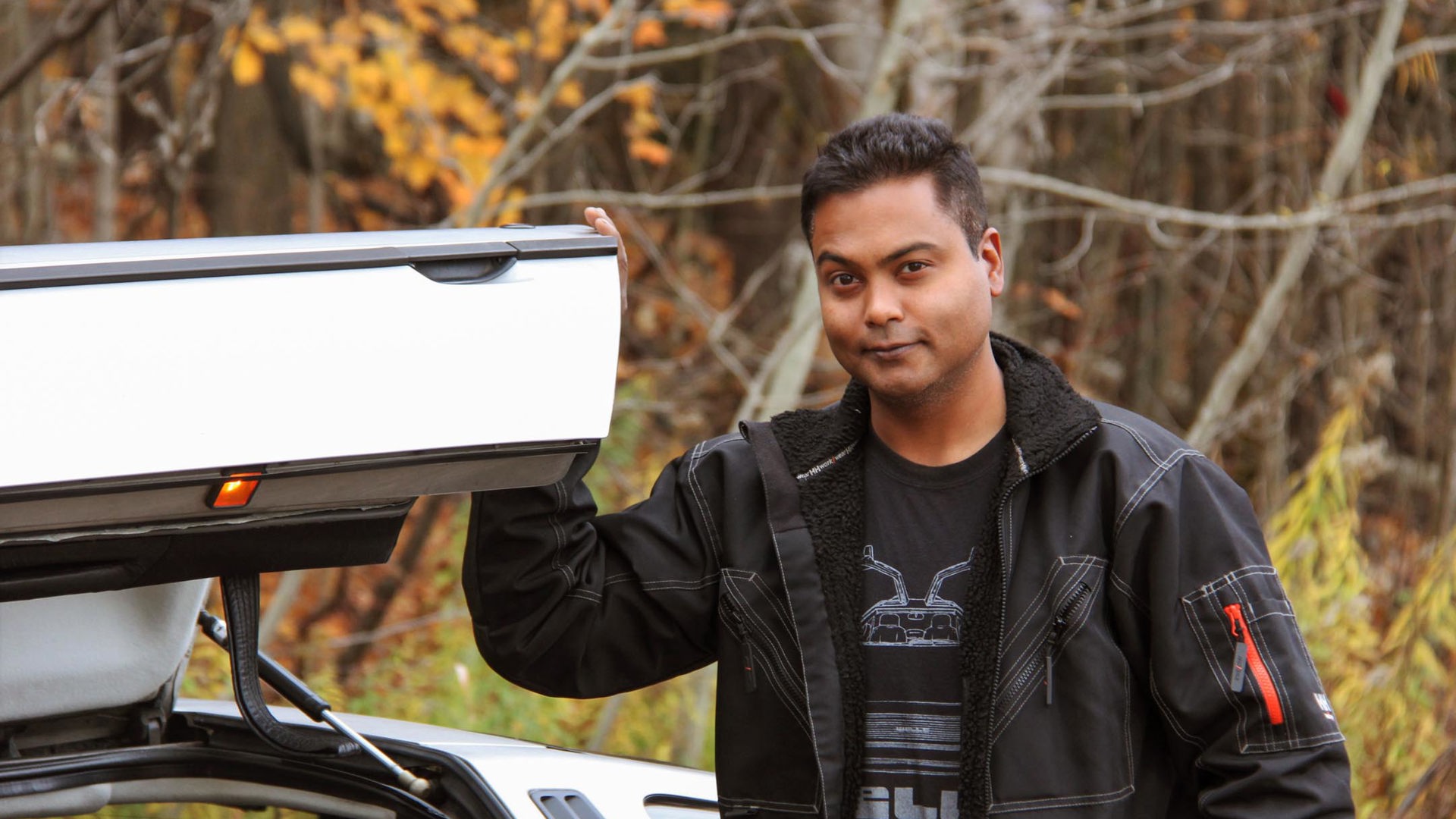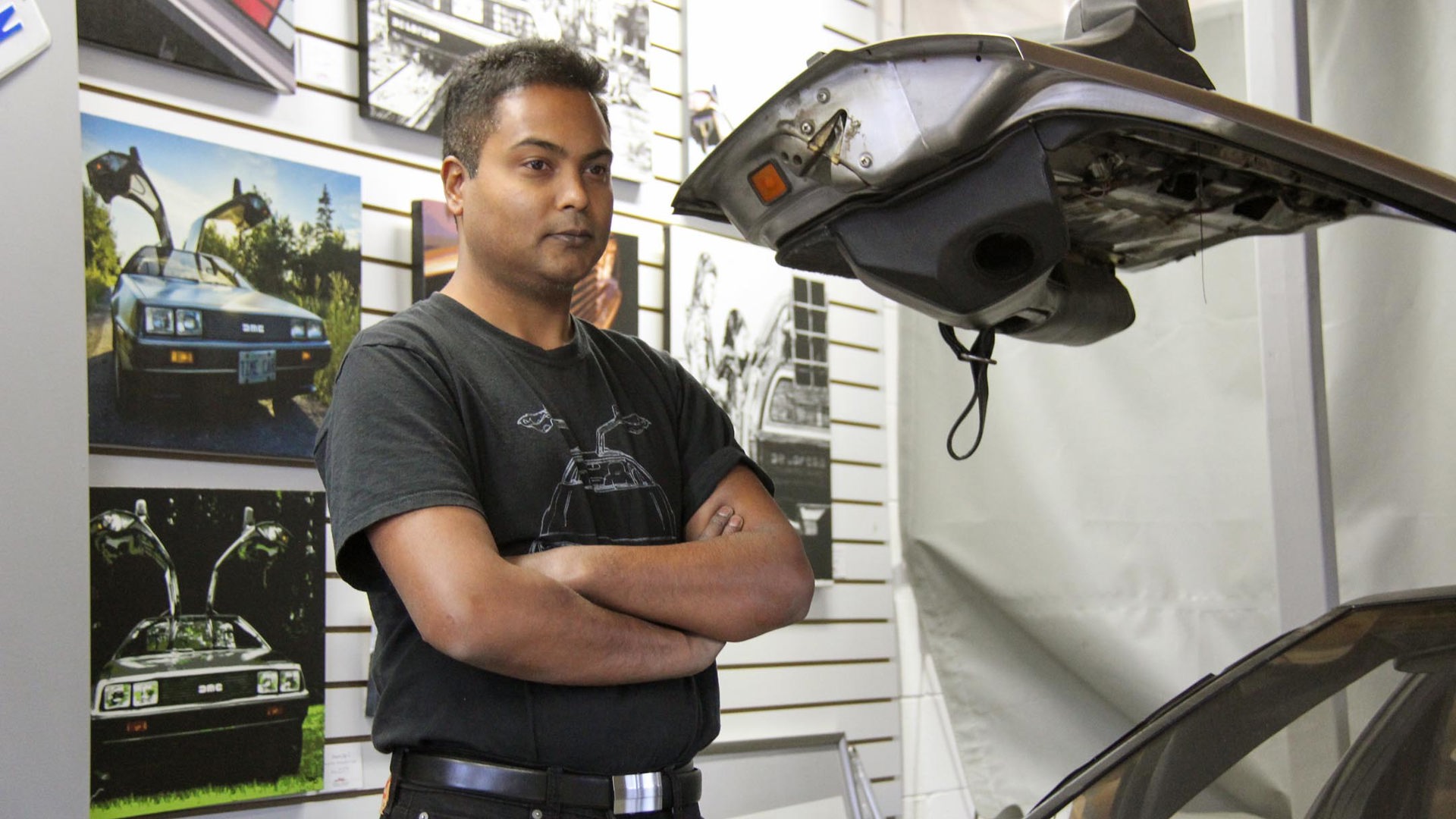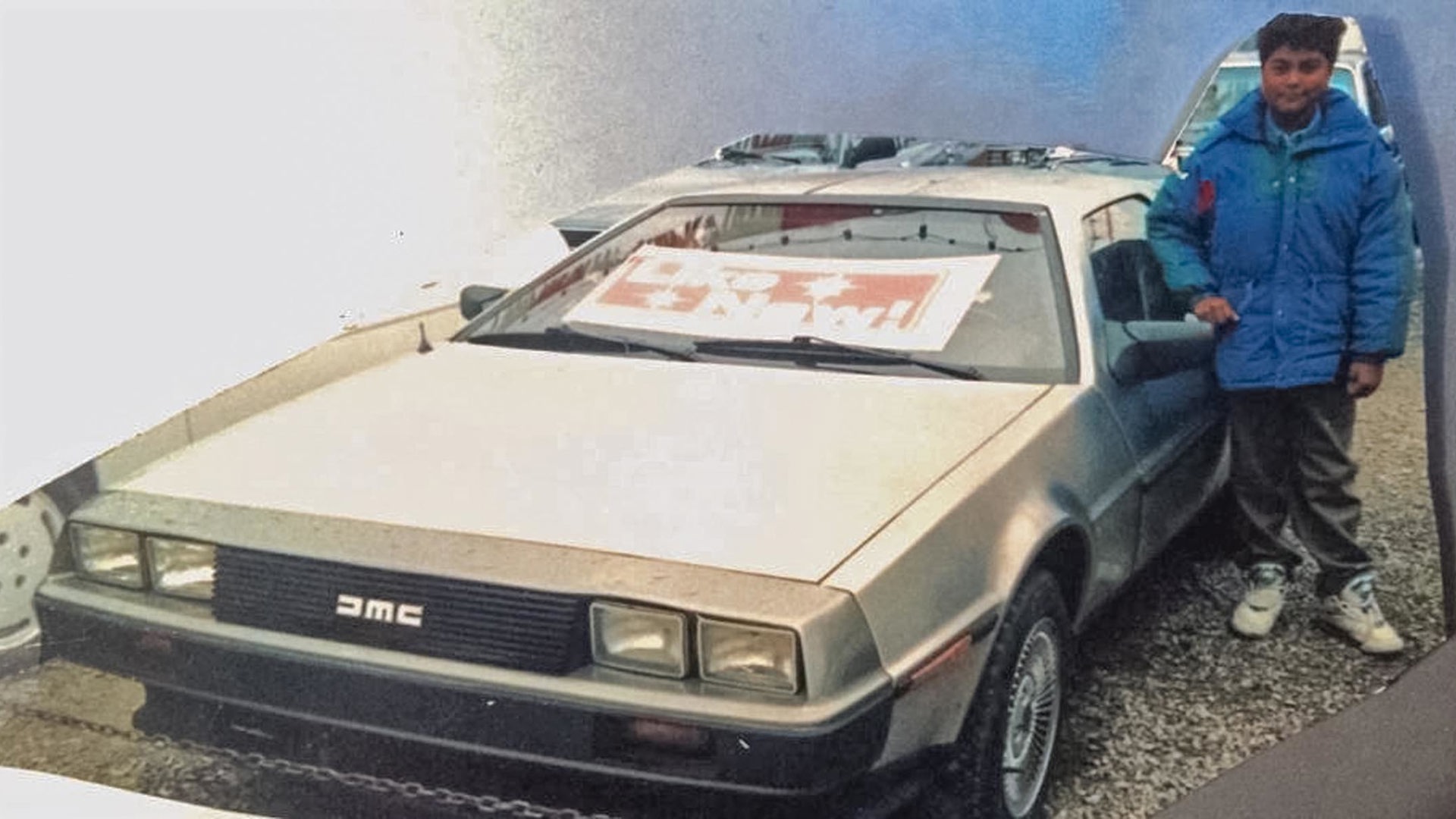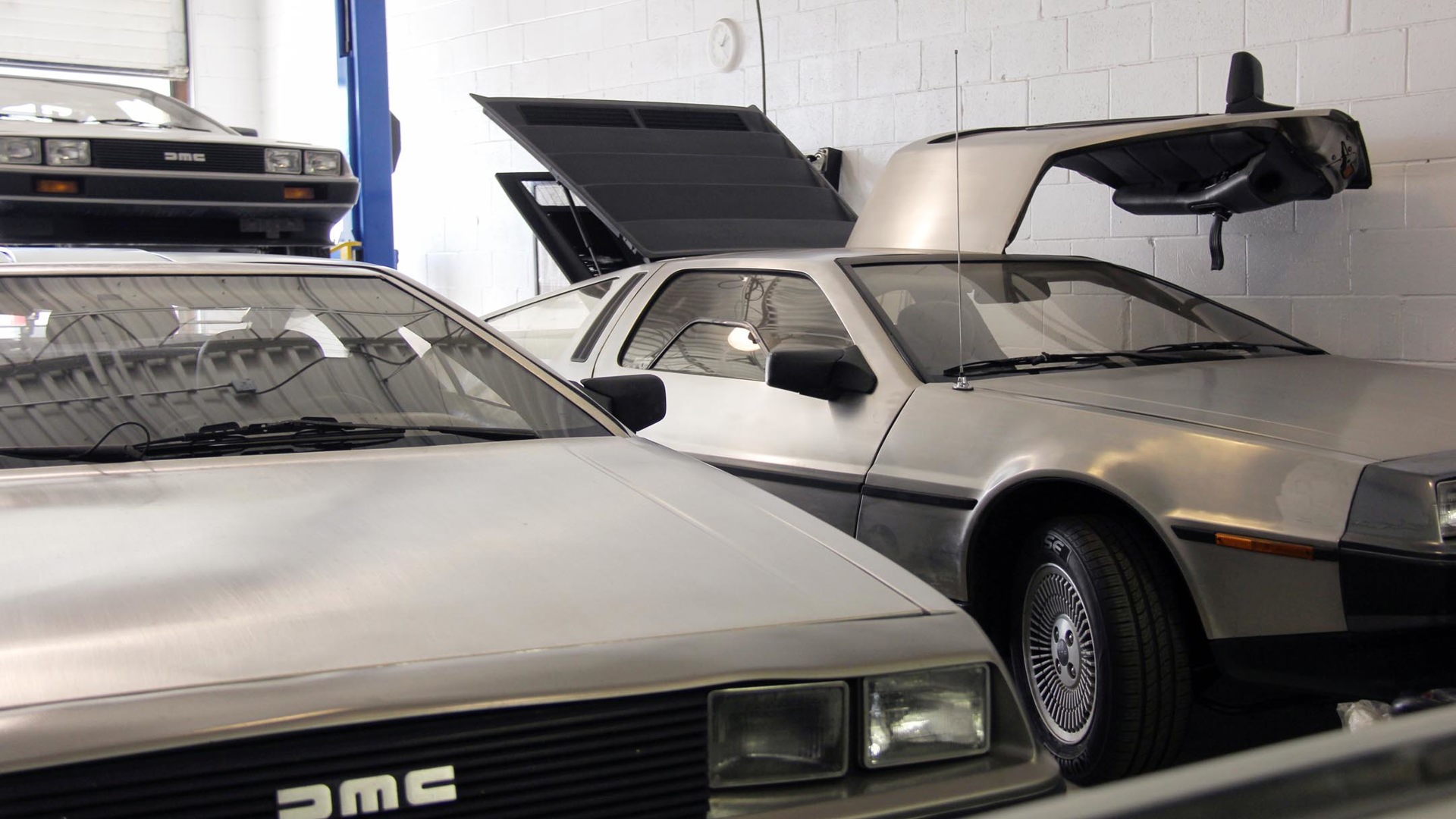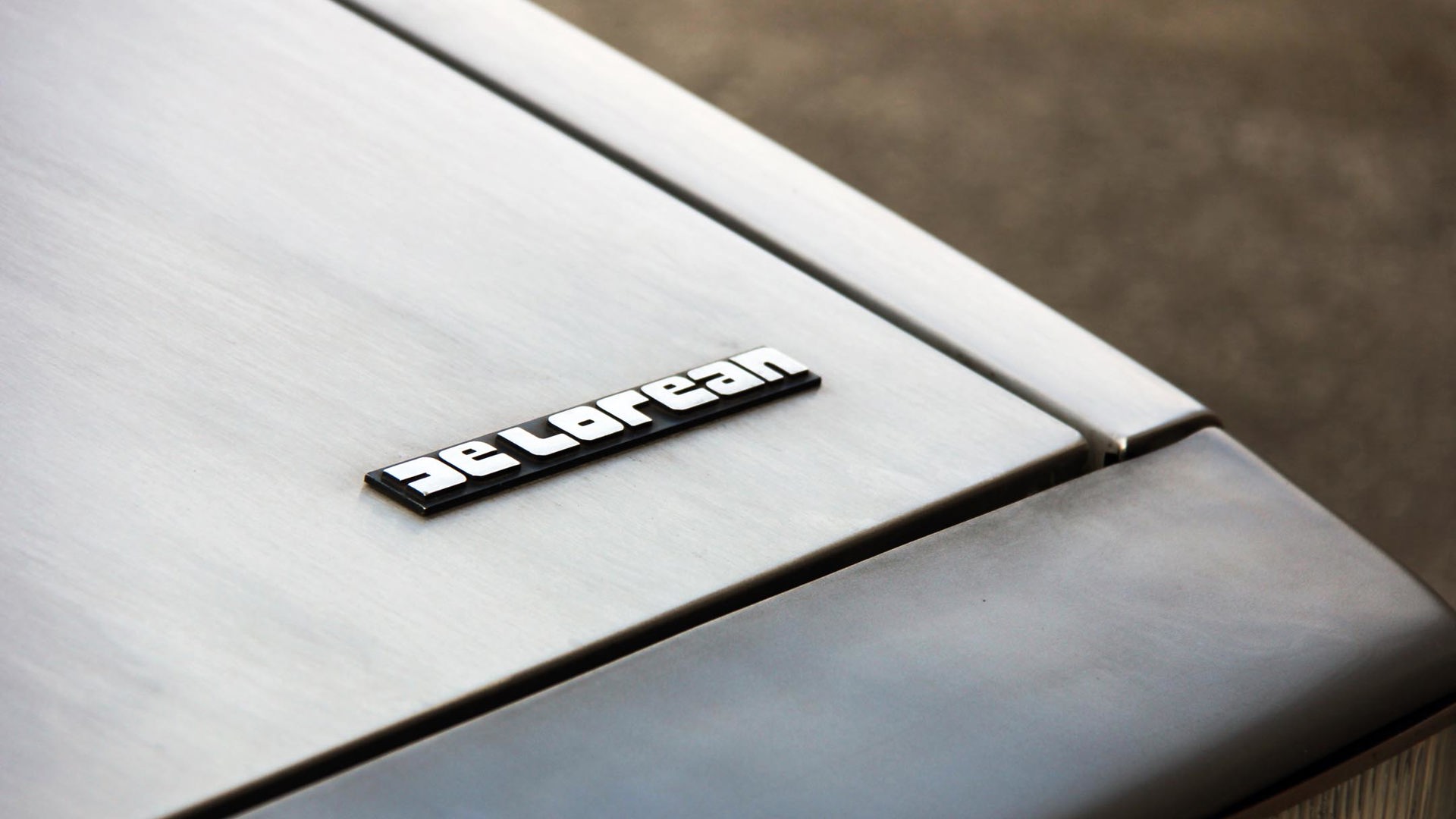Justin Sookraj discovered his life’s calling at an early age, even if he didn’t know it yet. The transformative moment came when he laid eyes on a DeLorean DMC-12 for the first time. Only nine years old, he immediately became obsessed when he realized it wasn’t simply a movie prop. He made his dad stop the car and turn around so that he could go back for a closer inspection. Running his hands over the stainless steel body panels, he was mesmerized that this was an actual vehicle that could be driven.
From that moment on, he spent many a waking hour learning as much as he could and plotting how he would get his hands on one of his own. That fateful day arrived when he was only 17 years old. Unfortunately, the vehicle that was promised to be road-worthy and in relatively good working order was not so, and a deal was reached for it to be returned. Pre-Internet, there were no forums, Yelp reviews, or resources to gather information or easily source parts. Undeterred, his quest continued.
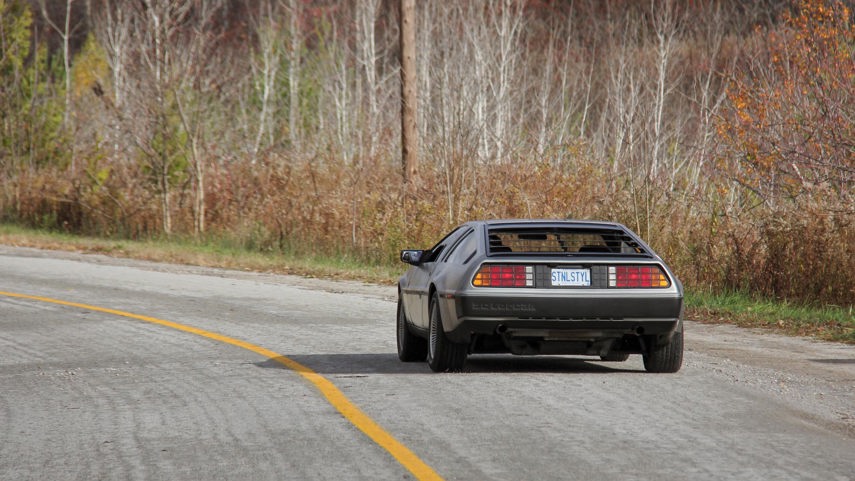
Take Two
About 12 years and a number of other vehicle projects later, he purchased another DMC-12. Thankfully this model was in considerably better condition. By then he had more resources at his disposal and had also acquired more automotive knowledge and know-how.
Talking to Sookraj, it immediately becomes evident that he is a veritable encyclopedia on all things DeLorean. Any casual remark about an aspect of the cars or the company itself is enthusiastically complemented with an overwhelming wealth of information.
Sookraj is of course aware that most people’s recognition of the car comes from the Back to the Future trilogy. When asked, “What happens if you hit 88 mph in a DeLorean?” He responds with a wry smile, “You increase your chances of getting a speeding ticket.” No doubt he’s had to answer that question many times. He acknowledges that the film franchise is responsible for piquing his own interest and has much to do with the brand’s longevity, but doesn’t spend much time thinking about Doc Brown’s time machine. Or the seedy business dealings of the company’s founder.
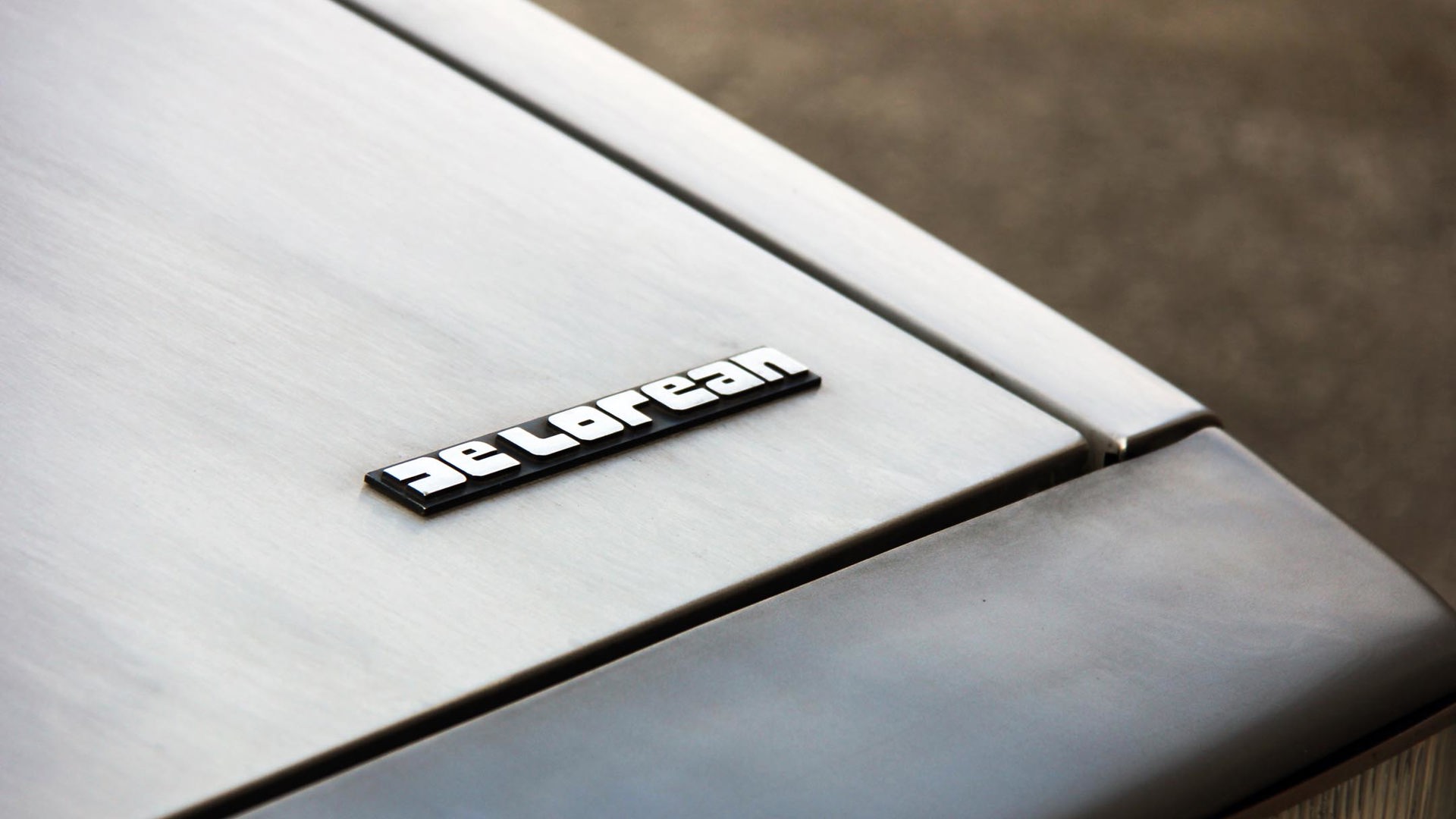
True Hollywood Story
The details of the ill-fated company are well documented but often fabricated and sensationalized, which is curious because the true story is stranger and more outrageous than anything that could be devised in a Hollywood writers’ room.
Born to poor immigrant parents, John Zachary DeLorean grew up in a working-class neighbourhood on the east side of Detroit, Michigan. Undeniably intelligent, he earned a master’s degree in automotive engineering and then an MBA. He started his career at the Packard Motor Car Company before moving over to Pontiac. Despite being General Motors’ (GM) self-proclaimed enthusiast division, the company wasn’t building cars that resonated with the growing number of Baby Boomers that were coming of age.
DeLorean is widely credited with starting the muscle car movement by convincing engineers to utilize a loophole in the regulations that didn’t allow anything over 330 cubic inches in their mid-size cars. They skirted the rules by stuffing a high-powered 389-cubic-inch V8 from the larger Bonneville into a midsize Tempest and including it as an option package. Thus, the GTO was born. From there, DeLorean could seemingly do no wrong and skyrocketed through the stuffy ranks of GM.
His ego growing increasingly larger, along with his surgically enhanced chin, DeLorean became frustrated and restless with the constraints of the automotive giant. On track to become the next president of GM, he decided to venture out on his own and establish the DeLorean Motor Company. The first car would be a sleek, stainless-steel sports coupe with gullwing doors. It was initially promised that the car would have lofty performance capabilities along with excellent fuel economy and modern safety features.
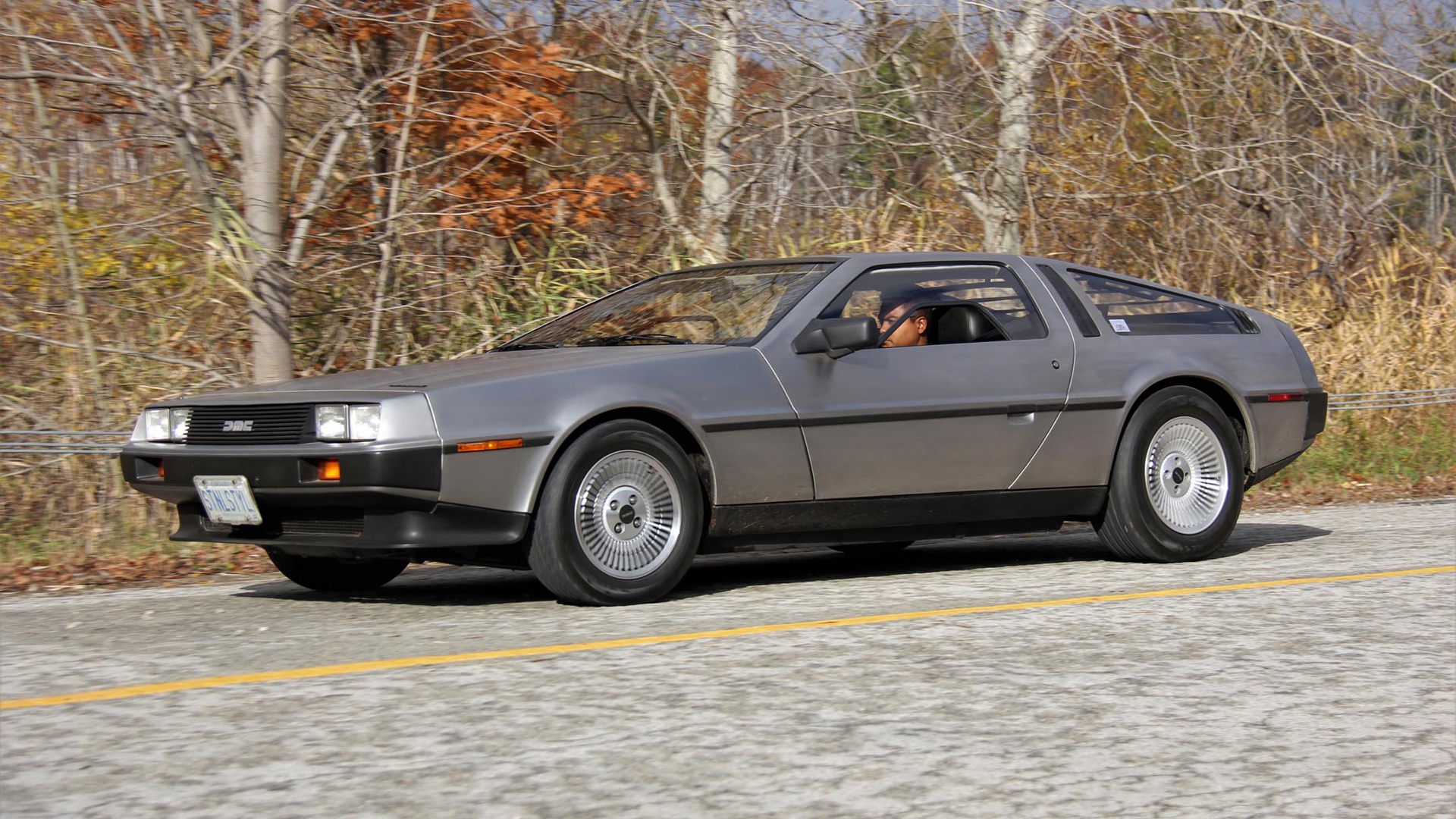
Despite the fact that he had been making a very impressive salary during his time at GM, DeLorean was a master of conserving his own money. He persuaded the British government to fund construction of a plant in Belfast, Ireland. An area devastated by economic turmoil and social unrest, he was lauded as something of a saviour for creating jobs and a newfound sense of national pride. He touted famous partners like Lotus’ Colin Chapman and investors such as late-night host Johnny Carson. He set up a dealer network by convincing existing retailers that they would be part owners in a company that would produce 30,000 cars in its first year. None of which came to fruition.
Early models were plagued with reliability issues. Production woes were compounded by the fuel crisis, which reduced the appetite for performance vehicles. Bleeding money and desperate for capital, DeLorean allegedly agreed to an investment deal that involved funding a drug smuggling operation orchestrated by an unknown FBI informant hoping to clear his own name.
Despite not being charged in the highly publicized court proceedings, the damage was done. DeLorean’s reputation was forever tarnished, and the company dismantled. While his vehicle was lighting up the big screen as a time machine in movie theatres all over the world throughout the mid- to late-1980s, DeLorean became divorced and destitute. Up until the time of his death in 2005, he was still trying to sell the dream of a sleek, new sportscar to potential investors.
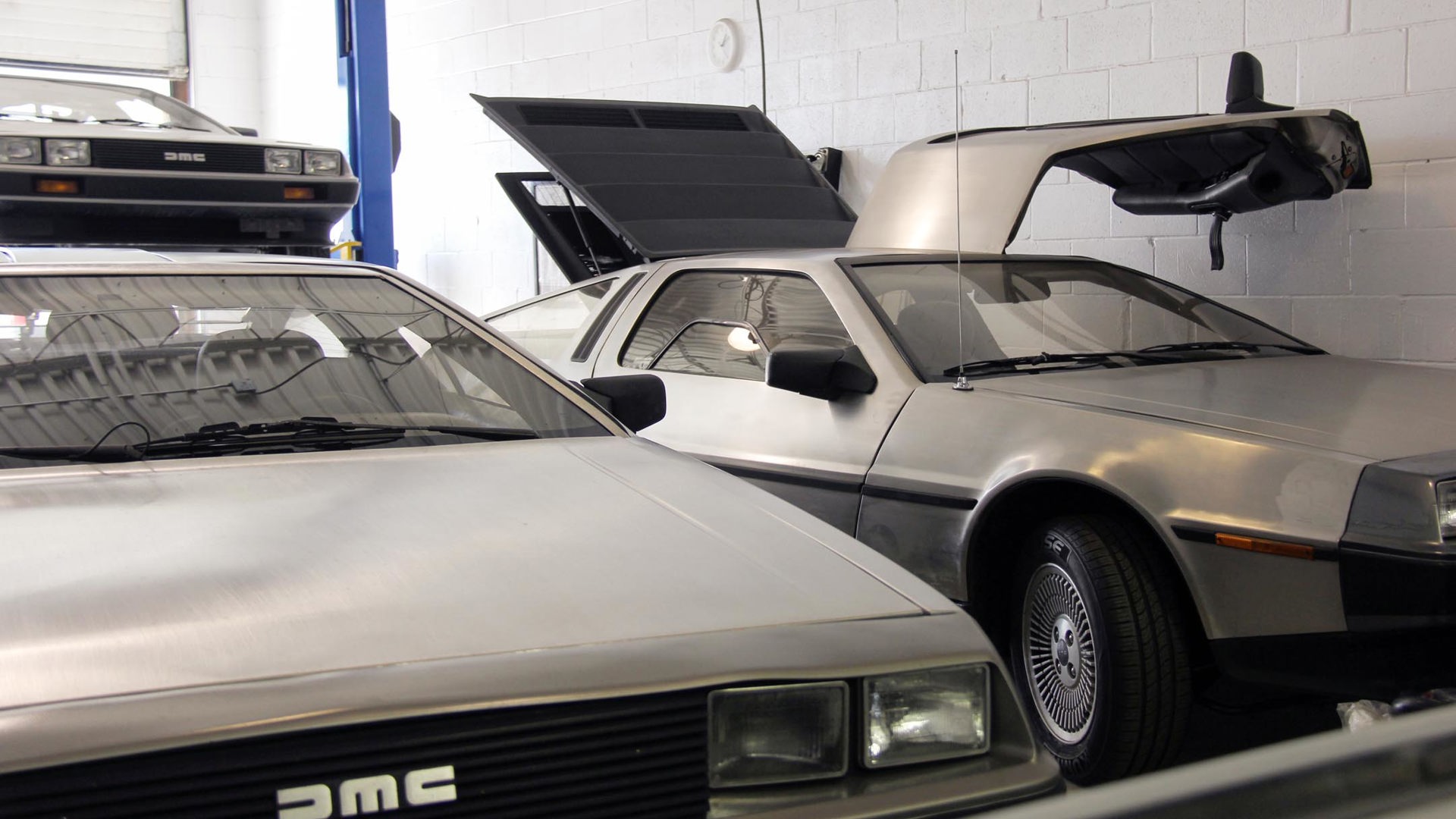
The Car Itself
Weighing only 1,225 kg (2,700 lb) but making only 130 hp, they never performed as promised. There are, however, subtle tweaks that can be made to improve acceleration and handling. It may have the same power-to-weight ratio as an Acura Integra, but people expected far more based on its looks, as well as claims from DeLorean himself.
Official records are difficult to come by and parts are scarce. Over the course of its two-year production period, only some 9,000 units were produced. Later models received updates to the hood, wheels, and interior; and arguably better fitment and reliability. Some models were painted bright colours in an attempt to get them off dealer lots.
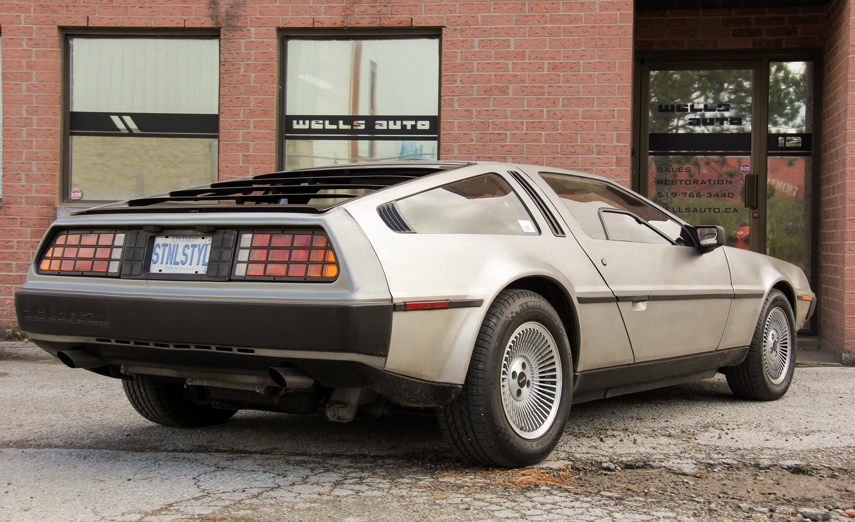
His Own Journey
Perhaps inspired in part by the maverick DeLorean, Sookraj also left corporate life behind. Working for an automotive manufacturer himself, he took a leap of faith by purchasing his uncle’s car dealership which eventually became Well’s Auto Milton. It wasn’t his original intention to focus solely on one marque, but friends from his car group flocked to the shop, adamant that he was the only one they trusted to work on their DeLorean. He organically transitioned the business to restoring, servicing, and selling DMC-12s.
His lifelong pursuit realized, he began helping others achieve their dreams of owning and driving a unique piece of history. Working around the clock, he never turns down the opportunity to show car enthusiasts around his shop given the rare possibility he has a day off in his busy schedule.
Each example that enters his shop comes with its own unique history and a different selection of challenges. Armed with schematics and years of experience, Sookraj sets to work on returning them to their former glory, even making them better than new. Working to make them breathe and handle better, he ensures they still remain true to the initial vision. While they wouldn’t look any different to the untrained eye, any upgrade he installs can be reversed should an owner want to retain absolute originality.
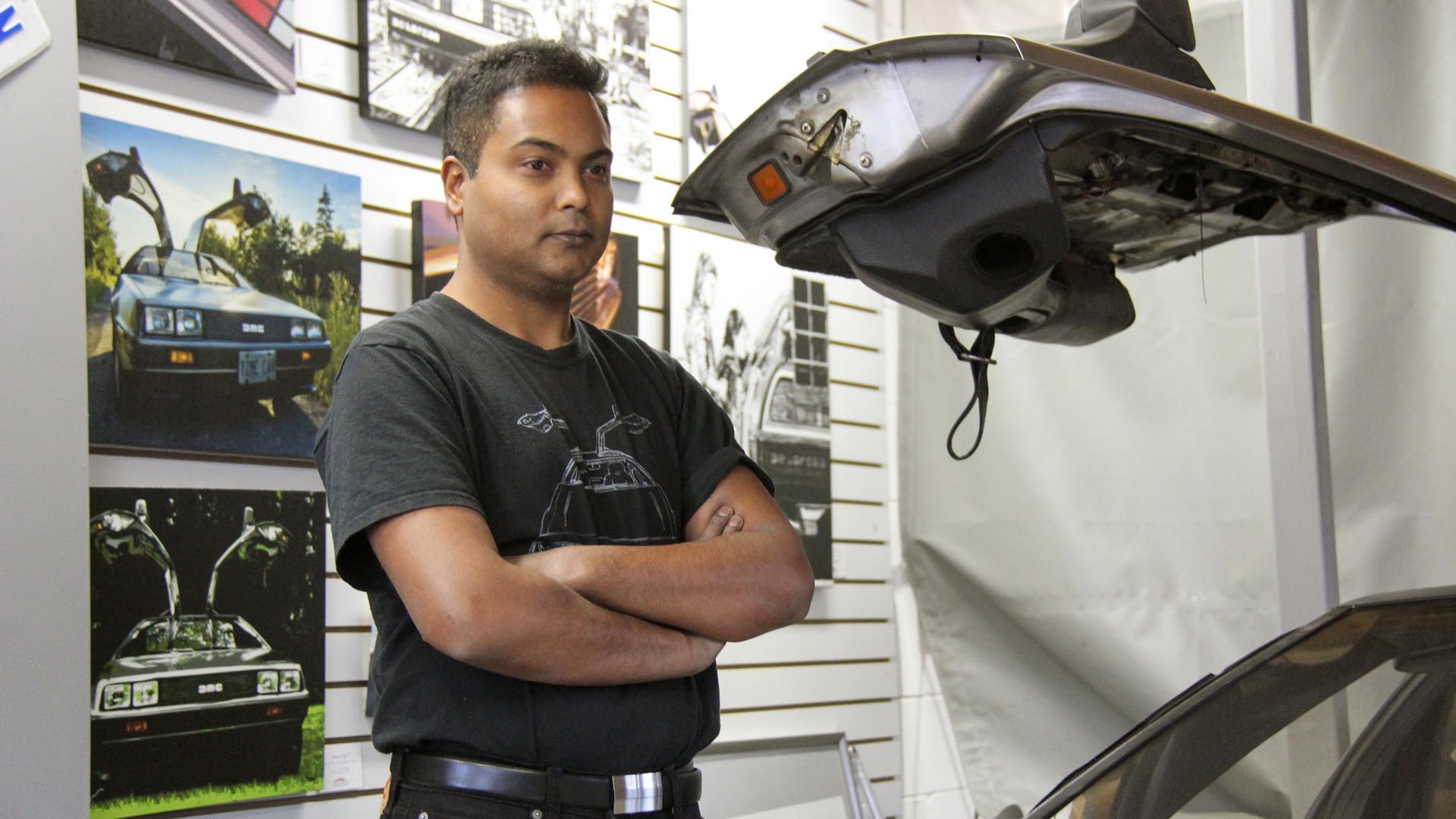
“Often when a car comes in, we have to do forensics,” admits Sookraj. “We have to figure out what has been done and usually fix past mistakes.” Compounding the initial design weaknesses are corrosion woes and the shortcomings of past repairs – like shoddy welding or sloppy electrical work.
Equal parts mechanic, electrician, fabricator, dealer, historian, archaeologist, and ambassador, the Milton, Ont., business owner is playing a significant role in preserving the fate of as many DMC-12s as he can.
Even now as the resident expert on all things DeLorean in Canada, Sookraj is in awe of the vehicle. “Think of this car sitting on the lot in 1981,” he says. “Even compared to the exotics of today, I can’t think of a car that has the same ‘out of this world’ presence.”
As someone who has spent much of his life fawning over them, Sookraj understands the attention the cars get whether parked or out on the road.
Performance aside, he admits you can’t drive a DeLorean if you’re in a hurry to get somewhere because everyone wants to take pictures and ask questions. But he doesn’t mind. It takes a lot of effort to inject life back into these cars, so he’s glad people enjoy them.
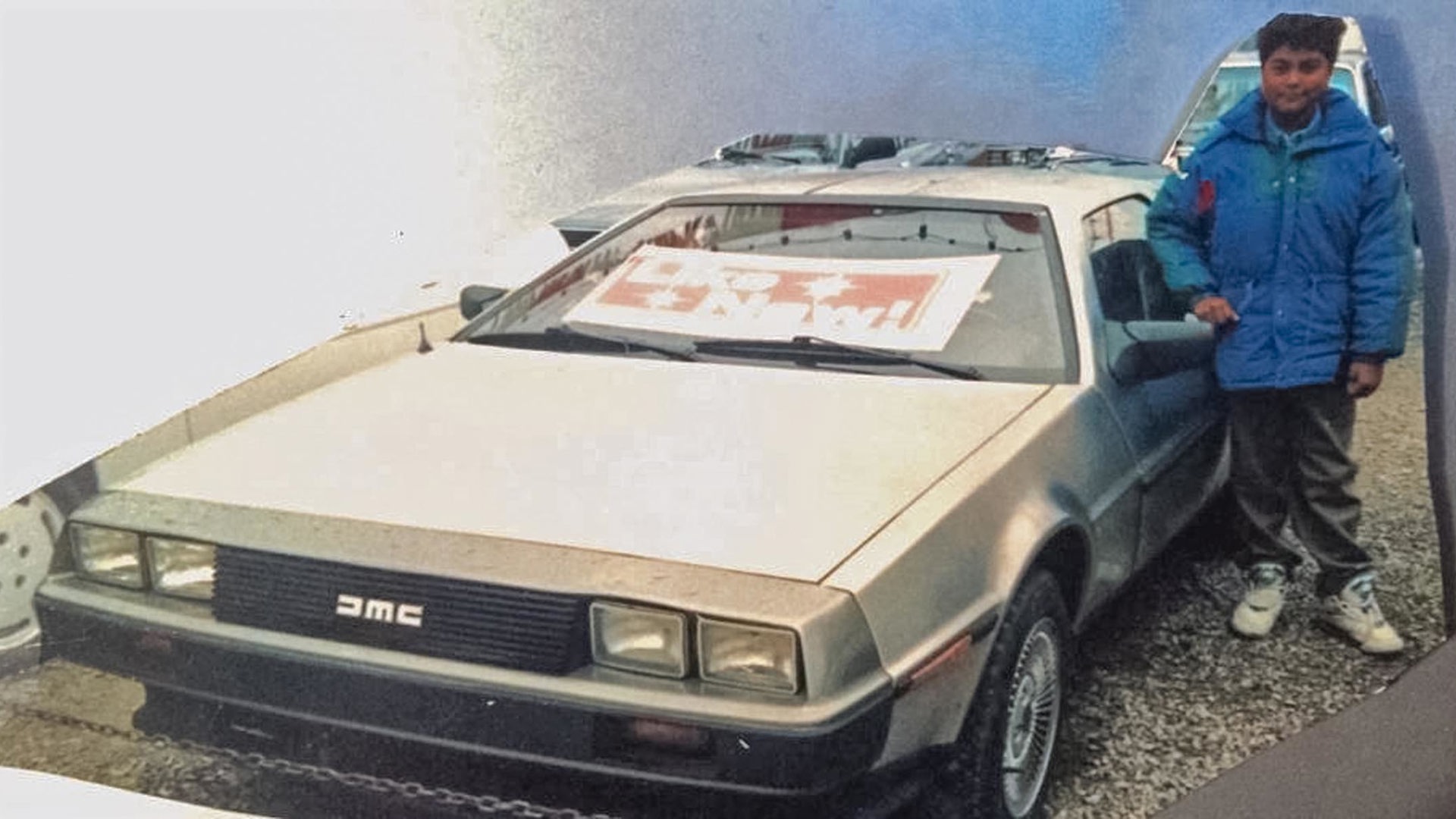
Your Money is No Good Here
Sookraj considers each car a rolling piece of history and takes the same care interviewing potential buyers for a car as he does repairing or restoring it. Whether drawn in by an affinity for the Back to the Future film franchise or their increasing value, which can make for a worthwhile investment, the DMC-12 isn’t for everyone; it’s a vehicle that comes with its fair share of quirks and requires a special kind of owner who can manage, even appreciate them. It’s not like buying a new car. Some parts are not readily available, and service takes time. Many people aren’t accustomed to waiting. Sookraj won’t even consider selling a car to someone who doesn’t have a reserved space to keep it stored safely indoors away from the elements.
The DeLorean is representative of a very specific time in history. The cars that remain personify the unrealized promises of what might have been. Say what you will about John DeLorean’s ethic and business acumen, but he was a man who pursued his dreams. DeLorean’s legacy has been sealed as con man who gambled and lost, but when asked about his own, Sookraj responds, “I think that if my 9-year-old self could see this facility, he would just be in awe. He’d be overwhelmed that it existed and thankful that there is someone trying to keep the dream alive here in Canada.” I think that’s a far better way to be remembered, don’t you?
